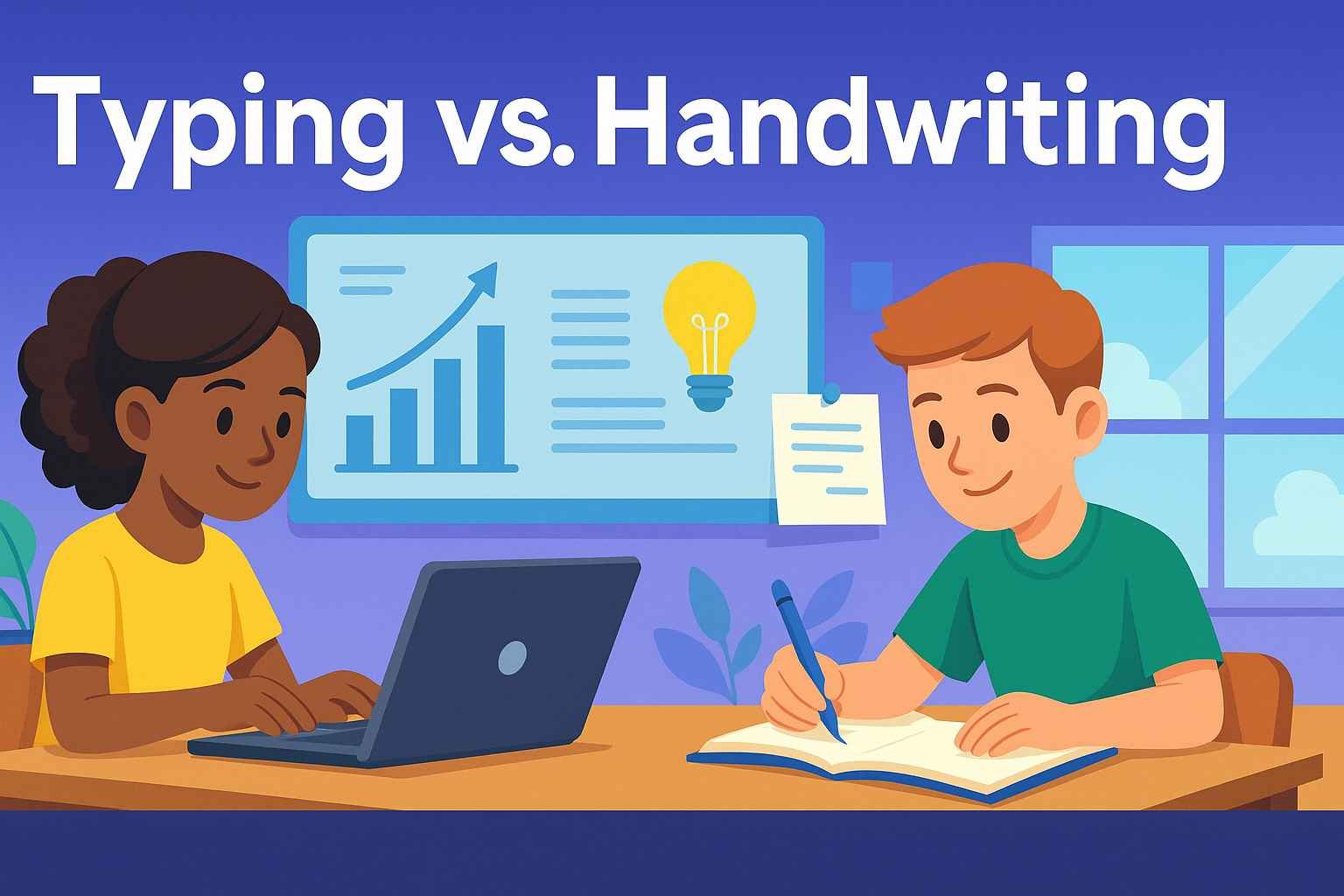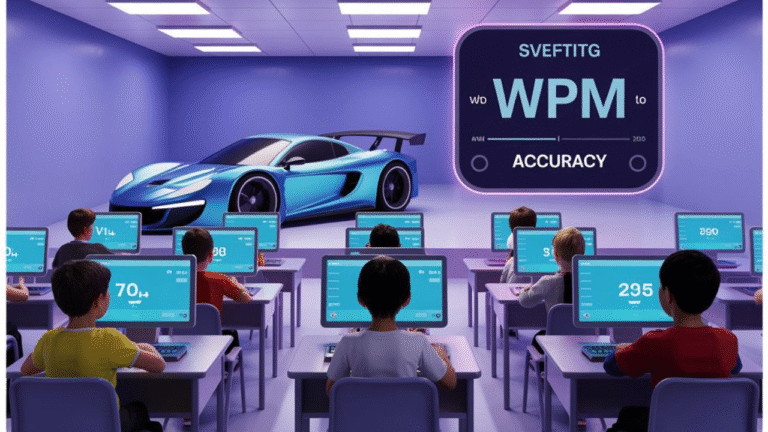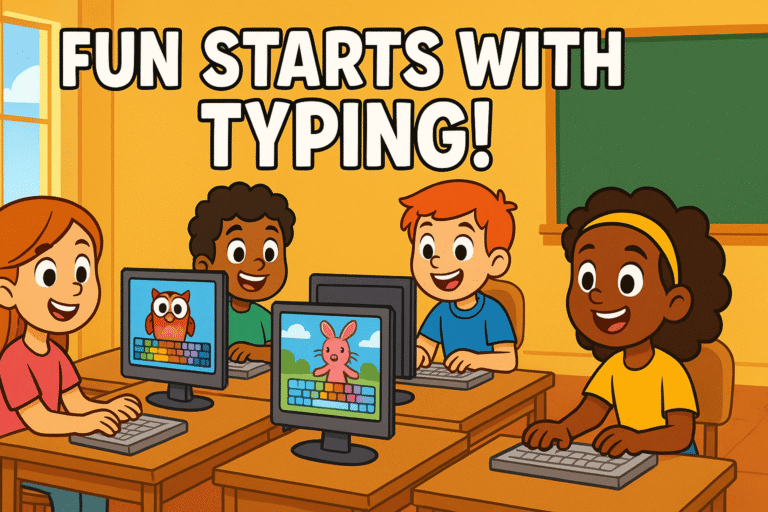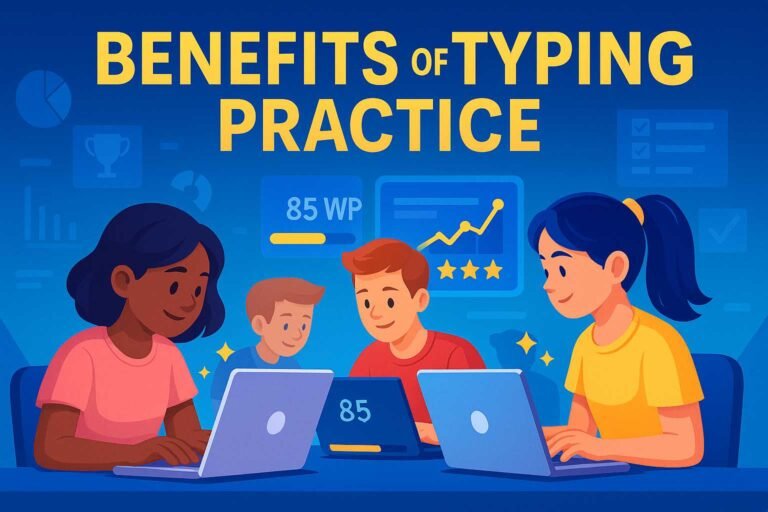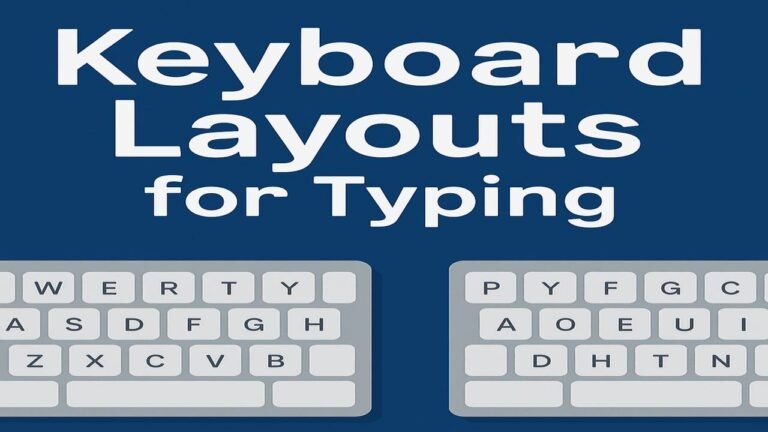Typing vs Handwriting: Which Builds Better Skills for Students in 2025?
In today’s digital classrooms, the debate of Typing vs Handwriting is more relevant than ever. With laptops, tablets, and digital exams becoming standard tools in education, students, teachers, and parents are questioning which skill truly matters more in 2025. Does traditional handwriting still play a meaningful role, or has typing taken over as the superior skill for academic and cognitive development?
In this article, we explore the strengths, benefits, and practical uses of both typing and handwriting to help you decide where students should focus their efforts for future success.
Why the Typing vs Handwriting Debate Matters in Education
As education becomes increasingly digitized, typing has become a necessary skill. Assignments are often submitted online, notes are taken on tablets, and exams are transitioning to digital formats. However, handwriting still holds value in specific contexts, particularly in learning development and creativity.
Understanding which method builds better skills depends on the student’s age, learning goals, and access to technology. Striking the right balance can lead to stronger academic performance and improved brain development.
Cognitive and Learning Benefits Compared
Brain Development and Memory Retention
Handwriting activates multiple regions of the brain, including those responsible for memory, motor control, and comprehension. When students write by hand, they engage in a slower, more deliberate process, which has been shown to improve information retention.
Typing, while faster, doesn’t stimulate the same neural pathways. However, it supports the organization of information, allowing students to quickly record and structure their thoughts. For older students with well-developed typing skills, this can enhance productivity.
“Studies show that students who take handwritten notes retain more information than those who type them, especially in conceptual subjects like history and literature.”
Focus and Attention Span
Handwriting often leads to better focus, as it slows down the thought process and minimizes distractions. Typing, while efficient, can encourage multitasking and can reduce attentiveness if not used with discipline.
Academic and Practical Application in 2025 Classrooms
Assignments and Exams
More schools are adopting digital platforms for tests and assignments. Online submissions, typing-based assessments, and collaborative Google Docs are now standard in many classrooms. Yet, in lower grades or in creative subjects, handwriting still holds ground.
Accessibility and Learning Differences
Typing is a game-changer for students with dyslexia, dysgraphia, or other motor skill difficulties. Tools like speech-to-text, predictive typing, and spell check help level the playing field.
Handwriting, on the other hand, helps improve fine motor skills and can benefit younger learners who are still developing coordination.
Typing Skills in the Age of Technology
Typing is now a basic digital literacy skill. Whether it’s preparing a presentation, writing an essay, or chatting with a tutor online, students need to type quickly and accurately. In fact, schools and districts now integrate typing programs to help students build fluency early.
To support student progress, many educators are turning to platforms like Nitro Type, which gamify the typing experience and make learning fun.
Interested in typing tools? Check out our guide on Best Online Typing Competitions for Students in 2025
The Resilience of Handwriting in a Digital World
Despite the digital wave, handwriting hasn’t disappeared. In fact, it still holds educational and emotional value. Students often find handwritten journals more personal, and some studies suggest that writing by hand boosts creativity and emotional expression.
Educators continue to assign handwritten essays, storyboards, and diagrams, particularly in younger grades or art-related courses.
Verdict – Which One Should Students Focus On in 2025?
Typing vs Handwriting isn’t about choosing one over the other. Instead, it’s about developing both skills strategically. Here’s what the ideal balance looks like:
- Elementary Students: Focus on handwriting to build motor skills and reading fluency
- Middle School Students: Begin introducing structured typing lessons
- High School & Beyond: Master typing for academic and career readiness while using handwriting for planning and brainstorming
FAQs – Typing vs Handwriting
Q: Is typing replacing handwriting in schools?
A: Not entirely. While typing is now essential, most schools still teach handwriting alongside digital skills.
Q: Which is better for learning – typing or handwriting?
A: Handwriting improves memory retention, while typing enhances speed and efficiency. A combination is ideal.
Q: Should children learn cursive writing?
A: It depends on school policy, but cursive can improve fine motor skills and reading fluency.
Q: How early should students start learning to type?
A: Typing can be introduced as early as 2nd or 3rd grade, with proper guidance.
Q: Can students with learning differences benefit more from typing?
A: Yes. Typing tools and assistive tech help students with dyslexia or motor challenges.
Conclusion
In 2025, students benefit most from a hybrid approach to learning. Typing vs Handwriting isn’t a competition – it’s a partnership. Typing opens doors to faster communication and digital success, while handwriting builds foundational thinking and creativity. Teaching both prepares students for a balanced academic and professional future.

Hi, I’m Kamran Khatri, the author behind NitroType.blog. I share typing speed tips, Nitro Type updates, gaming tricks, and productivity hacks to help you type faster and smarter. My goal is to make typing fun while helping you improve your skills like a pro. If you’re passionate about typing or want to level up your Nitro Type game, you’re in the right place!

